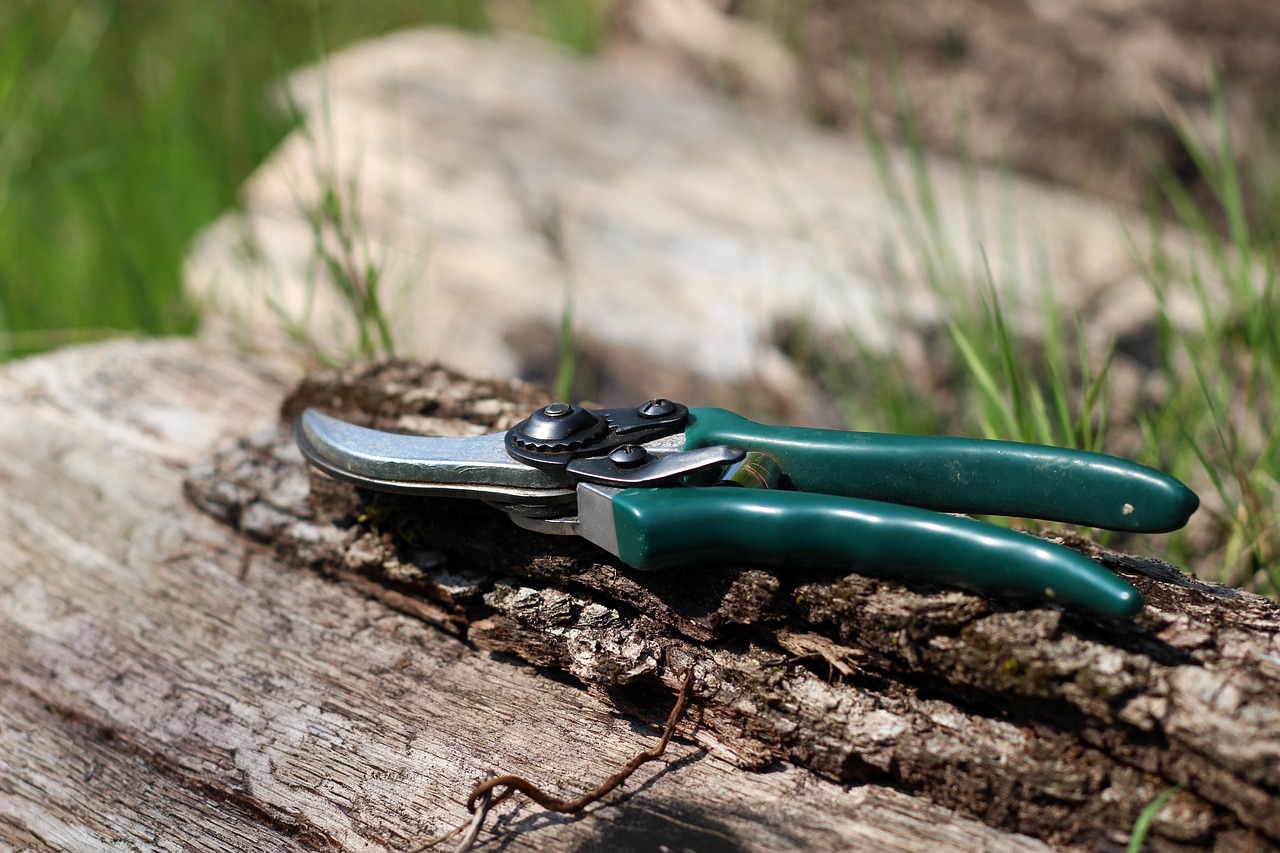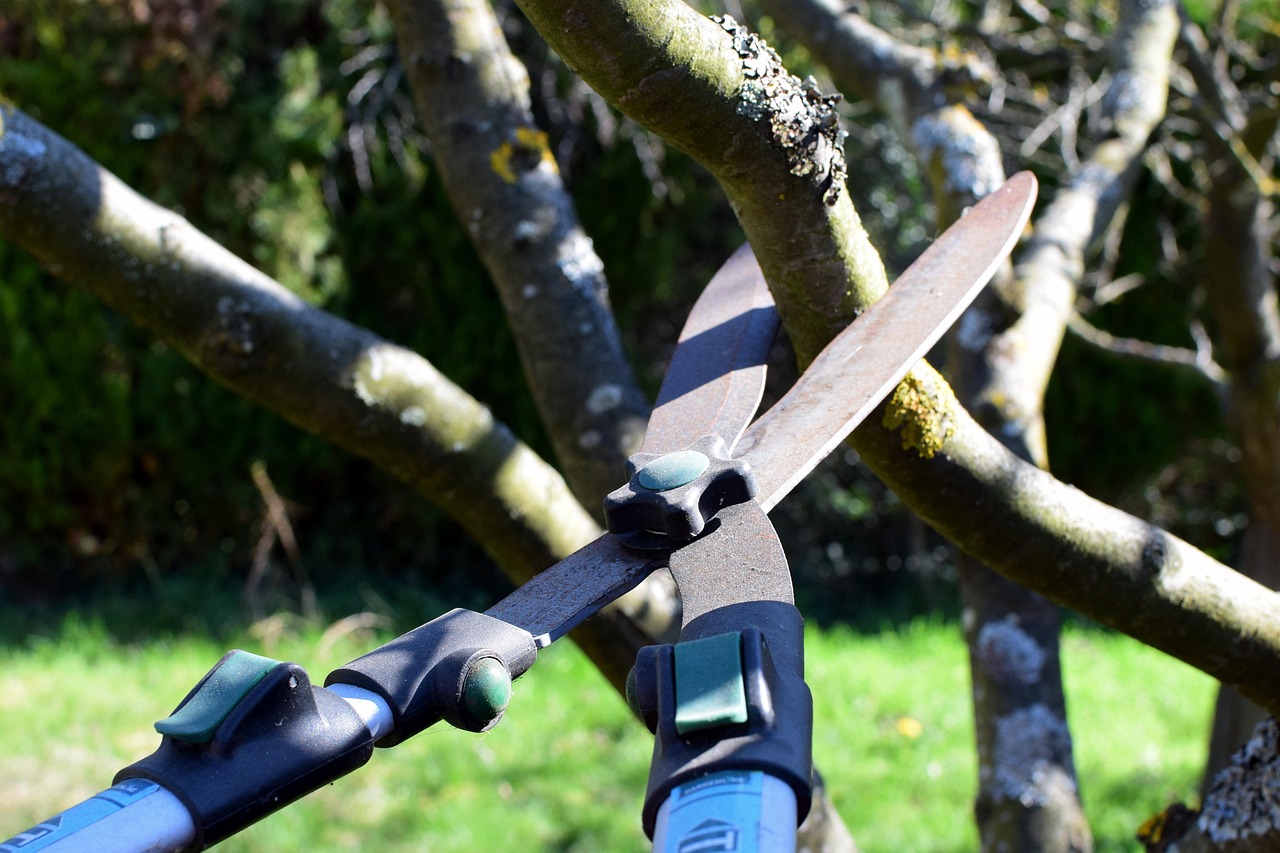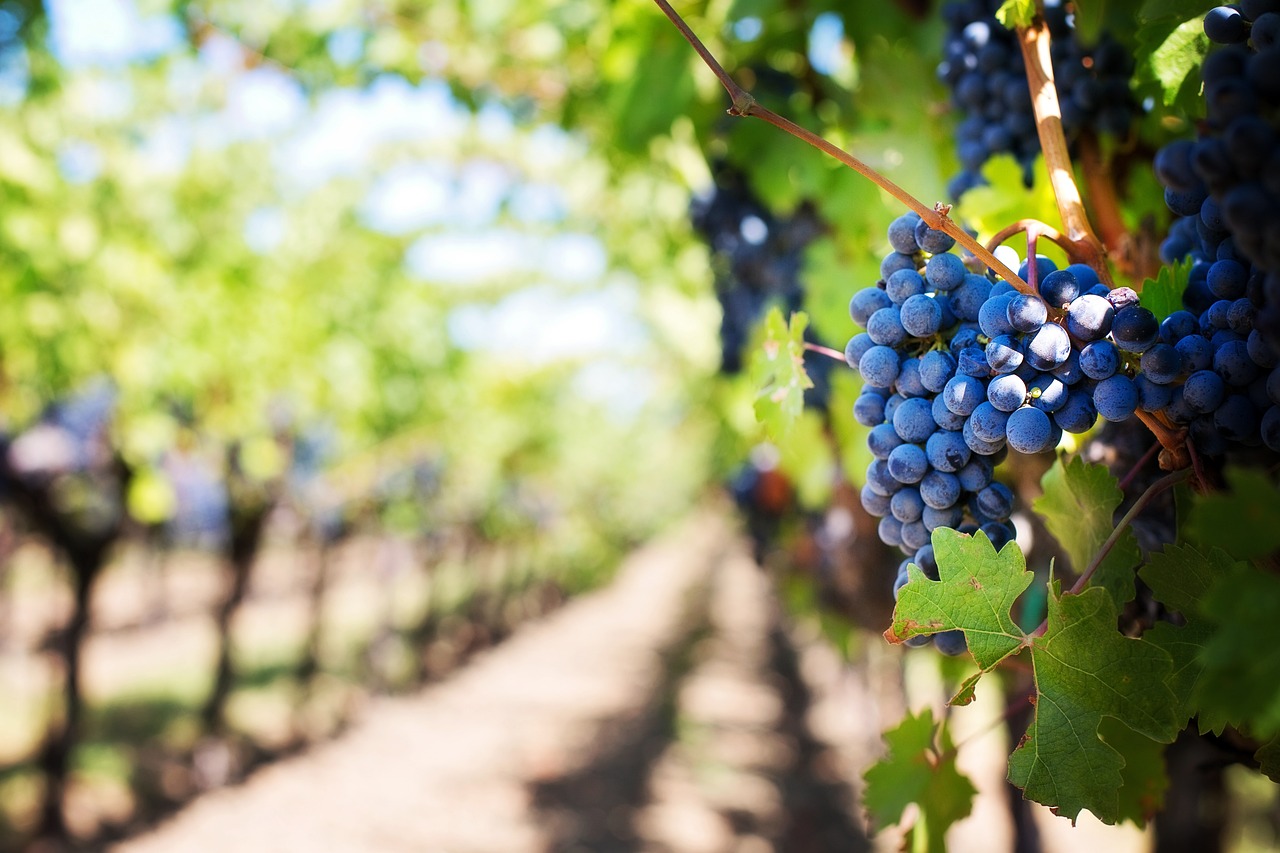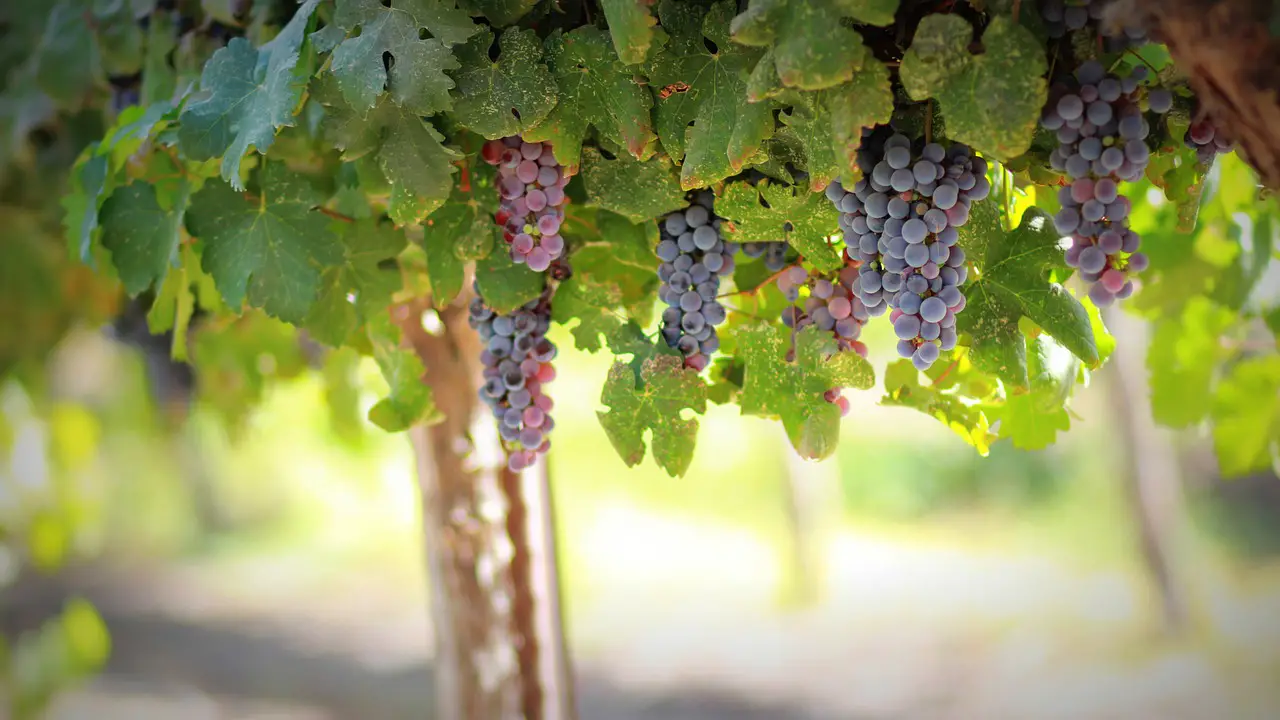To achieve vigorous growth in grapevines, follow these essential pruning steps: assess the vine’s health, determine the right time for pruning, use clean and sharp tools, cut back to an outward-facing bud, and remove any dead or diseased wood. Regular maintenance will promote strong, fruitful growth.
Grapevines are remarkable plants known for their ability to produce delicious fruit. Proper pruning is vital for ensuring not only the health of the vines but also their productivity. This process encourages vigorous growth and enhances the quality of the grapes. When done correctly, pruning helps to manage the shape of the vine and improves air circulation, which is crucial for reducing disease risk.

Many grape growers may feel intimidated by the idea of pruning. However, understanding the basic steps can demystify the process and empower even novice gardeners to cultivate healthy vines. The timing of pruning is important. It typically occurs during the dormant season, when the vines are not actively growing. This is usually in late winter or early spring, depending on the climate.
Understanding Grapevine Growth
Before delving into the pruning steps, it is essential to understand how grapevines grow. Grapevines are woody perennials that can live for many years. They develop a trunk and branches that can become quite extensive if left unpruned. The growth cycle of a grapevine includes several stages: bud break, flowering, fruit set, ripening, and dormancy.
During the growing season, grapevines can produce an abundance of shoots and leaves. While this may seem beneficial, too much foliage can hinder grape production. Pruning helps to regulate this growth and ensures that energy is focused on producing high-quality fruit rather than excessive foliage.

The Importance of Pruning
Pruning serves multiple purposes in vine management. Here are some key benefits:
- Improved Airflow: Pruning helps to create space between branches, allowing better air circulation that reduces fungal diseases.
- Better Sunlight Exposure: When vines are pruned appropriately, sunlight can reach more parts of the plant, promoting ripening and flavor development in grapes.
- Enhanced Fruit Quality: By controlling the number of buds and shoots, growers can focus on fewer, higher-quality grapes instead of larger quantities of inferior fruit.
- Healthier Vines: Regular pruning removes dead or diseased wood, which can harbor pests and diseases.
Essential Pruning Tools
Having the right tools can make a significant difference in the pruning process. Here are some essential tools to consider:
| Tool | Description |
|---|---|
| Pruning Shears | Sharp scissors designed for cutting green stems and small branches. |
| Loppers | A long-handled tool for cutting thicker branches that are too large for shears. |
| Saws | A hand or power saw for larger cuts on thick trunks or branches. |
| Gloves | Protective wear to keep hands safe from thorns and sharp edges. |
Before starting the pruning process, ensure that your tools are clean and sharp. This will prevent damage to the plant and reduce the risk of introducing diseases. Cleaning tools with rubbing alcohol or a bleach solution can help maintain their effectiveness.

Steps for Pruning Grapevines
The following steps outline a straightforward approach to pruning grapevines effectively:
- Assess Vine Health: Examine the vine for any signs of disease or damage. Look for dead wood or pest infestations.
- Determine Timing: Choose a time when the vine is dormant, typically in late winter or early spring.
- Make Cuts Wisely: Begin cutting back shoots to an outward-facing bud. This encourages growth away from the center of the vine.
- Remove Dead Wood: Cut away any dead or diseased branches completely to improve overall vine health.
- Thin Out Excess Growth: If there are too many shoots or clusters, thin them out to promote better quality fruit.
Following these steps will set you on a path toward nurturing vigorous grapevine growth. Each vine may require adjustments based on its growth habits and specific conditions. Understanding these fundamentals will help develop a flourishing vineyard over time.
Common Pruning Mistakes to Avoid
While pruning grapevines is essential for their health and productivity, there are common mistakes that can hinder growth. Recognizing these pitfalls can help you avoid them and ensure that your vines flourish. Here are some typical errors:

- Pruning Too Early or Late: Timing is critical. Pruning too early in the winter can expose vines to frost damage, while pruning too late can lead to growth being stunted.
- Over-Pruning: Removing too many buds or shoots can limit fruit production. Aim for a balance between removing unhealthy parts and maintaining enough buds for a fruitful harvest.
- Ignoring Vine Structure: Failing to understand the vine’s growth habit can lead to improper cuts. Make sure to prune according to the specific variety of grapevine you are working with.
- Using Dull Tools: Dull tools can crush and damage the plant tissue, making the vine more susceptible to disease. Always use sharp, clean tools.
- Neglecting Disease Management: If you notice signs of disease during pruning, it is crucial to address the issue immediately rather than waiting until after the season.
Types of Pruning Techniques
There are various pruning techniques that grape growers can use, depending on the desired growth style and grape variety. Understanding these techniques can help you choose the right one for your vineyard.
Cane Pruning
Cane pruning is one of the most common methods used for grapevines. This technique involves selecting one or two healthy canes to serve as the main fruiting structure. Here are the steps involved in cane pruning:
- Select Healthy Canes: Choose canes that are about one-year-old and have strong buds.
- Cut Back to 6-10 Buds: Trim canes back to leave 6-10 buds for optimal fruit production.
- Remove Excess Canes: Thin out any extra canes to prevent overcrowding.
Spur Pruning
This technique is less common but can be effective for certain varieties. Spur pruning involves cutting back older canes to short stubs, or spurs, which will produce new growth in the upcoming season. The process includes:
- Identify Spurs: Choose healthy spurs that have at least two buds.
- Cut Back to 2-3 Buds: Trim each spur back to leave 2-3 buds.
- Manage Growth: Monitor growth closely to ensure that each spur produces fruit-bearing shoots.
Seasonal Care After Pruning
The work doesn’t stop once pruning is complete. Seasonal care is vital for maintaining the health of grapevines throughout the year. Here are some important practices to follow:
- Monitor New Growth: After pruning, watch for new shoots. Ensure they are healthy and remove any weak growth early.
- Watering: Provide adequate water, especially during dry spells, to support new growth and root development.
- Pest Control: Regularly inspect for pests and diseases. Implement preventive measures, such as organic treatments or insect traps, if necessary.
- Nutrient Management: Fertilizing after pruning can enhance growth. Use a balanced fertilizer to support new shoots and fruit development.
Understanding Different Grapevine Varieties
Different grape varieties may require specific pruning techniques and schedules. It is essential to understand the unique needs of each variety in your vineyard. Below is a comparison of some common grapevine types and their pruning preferences:
| Grapevine Variety | Preferred Pruning Technique | Notes |
|---|---|---|
| Cabernet Sauvignon | Cane Pruning | This variety benefits from careful cane selection and management for optimal yield. |
| Chardonnay | Spur Pruning | A more compact growth habit makes spur pruning effective for this variety. |
| Zinfandel | Cane Pruning | This variety often requires more vigorous pruning to manage its rapid growth. |
| Sauvignon Blanc | Spur Pruning | A good candidate for spur pruning due to lower yield potential. |
By understanding the specific needs of each variety and applying appropriate pruning techniques, grape growers can maximize the health and productivity of their vines. This attention to detail will lay the groundwork for a successful growing season.
Pruning for Disease Prevention
Proper pruning is not only critical for promoting growth but also plays a vital role in preventing diseases in grapevines. By managing the structure of the vine effectively, growers can minimize the risk of disease and ensure a healthier crop. Understanding common grapevine diseases and how pruning helps can aid in maintaining vineyard health.
Common Grape Diseases
Several diseases can affect grapevines, often exacerbated by poor air circulation and overcrowded growth. Here are some of the most common grape diseases:
- Powdery Mildew: A fungal disease that appears as white powdery spots on leaves and fruit. It thrives in warm, dry conditions.
- Downy Mildew: This fungal infection manifests as yellowish spots on leaves, often leading to leaf drop. It thrives in humid conditions.
- Botrytis Bunch Rot: Also known as gray mold, this disease affects the grapes during ripening, causing them to rot.
- Phomopsis Cane Blight: Affects the canes and can lead to dieback if not managed effectively.
How Pruning Helps Prevent Disease
Pruning is an effective strategy for preventing these diseases. Here’s how it contributes to a healthier growing environment:
- Improved Airflow: By removing excess growth, pruning allows for better airflow around the leaves and fruit, significantly reducing humidity levels that favor disease growth.
- Reduced Overcrowding: Thinning out excessive shoots prevents overcrowding, which can lead to poor light penetration and increased moisture retention.
- Removal of Infected Material: Regularly cutting away dead or diseased wood reduces the likelihood of disease spread and promotes overall vine health.
Timing and Techniques for Effective Pruning
The timing and techniques used in pruning can greatly affect the success of disease prevention strategies. Understanding when and how to prune is crucial for optimal vine health.
Best Times for Pruning
The best time to prune grapevines is during their dormant season. This period typically falls between late winter and early spring before new growth begins. Here are some important considerations:
- Dormancy: Pruning during dormancy minimizes stress on the vine and allows for quicker recovery once growth resumes.
- Avoiding Frost: Be cautious about pruning too early. Late frosts can damage newly exposed buds, impacting future growth.
Techniques for Disease Management During Pruning
In addition to basic pruning techniques, certain practices can enhance disease management:
- Selective Pruning: Focus on removing only the necessary parts of the vine. Avoid excessive cuts, which can stress the plant.
- Avoid Wound Exposure: Make clean cuts at a slant to avoid leaving large wounds, which can attract pathogens.
- Sanitize Tools: Clean pruning tools with disinfectants between cuts to prevent spreading diseases from one vine to another.
The Role of Training Systems in Pruning
The way grapevines are trained can also impact how they should be pruned. Different training systems dictate specific pruning strategies that align with growth patterns and desired yields. Here are some common training systems:
Cordon Training
This system involves establishing a horizontal framework of branches along a wire. It is effective for many grape varieties and helps manage vigor. Pruning in this system typically involves:
- Cuts on the Cordon: Regularly prune back to maintain the desired number of fruitful spurs.
- Maintain Structure: Ensure that the cordon remains healthy and free of disease.
Sole Vertical Shoot Positioning (SVSP)
This method encourages vertical growth of shoots. It is particularly beneficial for varieties that require good exposure to sunlight. Key considerations include:
- Regular Trimming: Keep shoots upright and thin out excess growth to prevent shading.
- Air Circulation: Focus on creating space between shoots to promote airflow and reduce disease risk.
Nutritional Needs Post-Pruning
A well-pruned grapevine may need additional nutrients to support vigorous growth after pruning. Managing soil health and nutrition is essential for recovery and future production.
Nutrient Requirements
The following are key nutrients that grapevines typically need after being pruned:
- Nitrogen: Essential for new growth and leaf development. Consider applying nitrogen-rich fertilizers post-pruning.
- Phosphorus: Important for root development and flowering, phosphorus helps establish strong vines.
- Potassium: Aids in fruit quality and overall plant health, making it crucial during the growing season.
By understanding these nutritional needs and implementing timely care, grape growers can ensure their vines thrive after pruning, setting the stage for a successful harvest season ahead.
Maintaining Vine Health Year-Round
After pruning and ensuring the nutritional needs of grapevines are met, ongoing care is essential for their health throughout the growing season. Here are some additional practices to maintain vine health year-round:
Water Management
Water is crucial for grapevines, especially after pruning when they are establishing new growth. Proper irrigation practices can significantly improve vine health:
- Monitor Soil Moisture: Regularly check the soil moisture levels, especially during dry spells. Grapevines prefer consistent moisture but can be sensitive to overwatering.
- Drip Irrigation: Implementing a drip irrigation system can help deliver water directly to the roots, minimizing waste and promoting deep root growth.
- Mulching: Applying organic mulch around the base of the vine can help retain soil moisture and regulate temperature.
Pest and Disease Monitoring
Being proactive in monitoring pests and diseases can save a vineyard from significant damage. Here are effective strategies:
- Regular Inspections: Conduct scheduled inspections of the vines to identify any signs of pests or disease early.
- Integrated Pest Management (IPM): Utilize IPM strategies that include biological control, cultural practices, and judicious use of pesticides when necessary.
- Record Keeping: Maintain records of pest sightings and treatments applied, which will help in planning future pest management strategies.
Weed Control
Weeds can compete with grapevines for nutrients and water. Effective weed management is essential for healthy grape growth:
- Cultivation: Regularly cultivate the soil around the vines to disrupt weed growth and improve aeration.
- Cover Crops: Planting cover crops can suppress weeds while adding nutrients to the soil.
- Herbicides: If necessary, use herbicides judiciously to control persistent weeds, ensuring they do not harm the vine.
Harvesting and Post-Harvest Care
As the grapevines mature and produce fruit, proper harvesting techniques and post-harvest care become critical:
Harvesting Techniques
Harvesting grapes at the right time is essential for achieving optimal flavor and quality. Here are some tips:
- Tasting Grapes: Regularly taste grapes as they ripen to determine the best harvest time based on sugar levels and acidity.
- Avoiding Damage: Use sharp shears to cut clusters gently, minimizing damage to the fruit and vine.
- Timing: Harvest during cooler parts of the day to preserve fruit quality.
Post-Harvest Practices
After harvesting, it’s important to manage the vineyard correctly to prepare for the next season:
- Cleaning Up Debris: Remove leftover fruit and foliage to minimize pest habitats and disease reservoirs.
- Soil Testing: Conduct soil tests to evaluate nutrient levels and amend as needed before winter.
- Dormancy Preparation: Ensure that vines are prepared for dormancy by checking for any late-season growth that may need attention.
Final Thoughts
The process of pruning grapevines is essential for promoting vigorous growth and ensuring a bountiful harvest. By understanding the appropriate pruning techniques, timing, and follow-up care strategies, grape growers can significantly improve their vines’ health and productivity. Key takeaways include the importance of proper timing, recognizing different pruning techniques, maintaining vine health throughout the season, and implementing effective pest management strategies.
A focus on regular monitoring, appropriate nutrition, and diligent care can create a thriving vineyard environment conducive to high-quality grape production. Investing time and effort into these practices will not only enhance vine health but also yield better fruit quality year after year. With this comprehensive understanding of grapevine pruning steps and ongoing care, growers can confidently cultivate their vineyards for long-term success.
